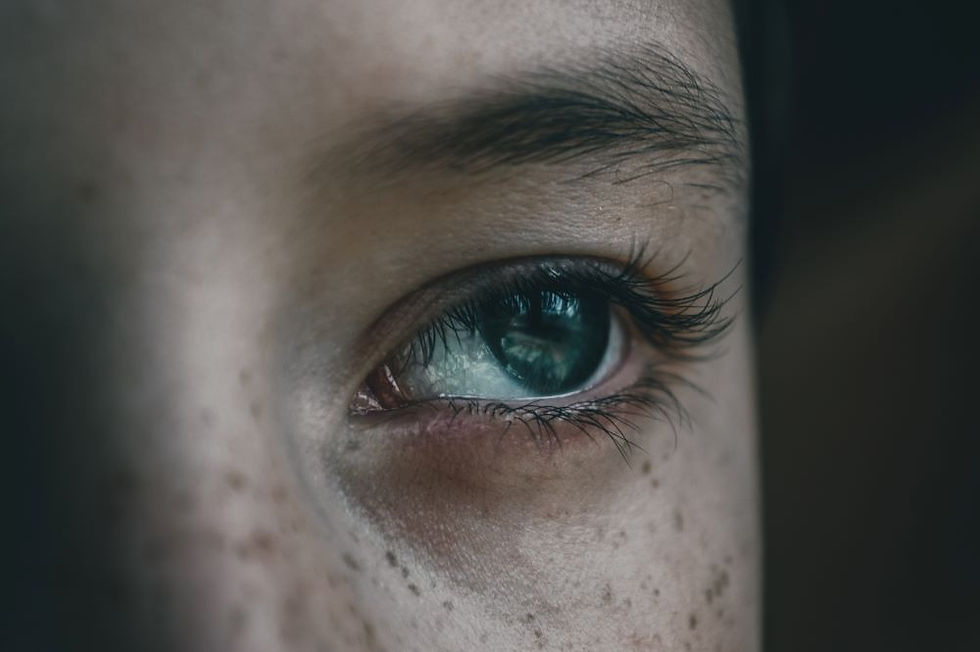What Are Freckles?
- supportls
- May 28, 2023
- 2 min read
Updated: Jun 11, 2023

Freckles are one of nature's delightful enigmas, adorning the skin of many individuals, particularly those with fair complexions. These small, pigmented spots are often associated with beauty and uniqueness, but have you ever wondered what exactly causes them? Let's look into the world of freckles, exploring their origins, characteristics, and the science behind their formation.
What are freckles?
Freckles are flat, circular spots that appear on the skin, varying in color from light tan to reddish-brown.
They are caused by an increased concentration of melanin, the pigment responsible for the color of our skin, hair, and eyes.
Unlike moles, which are raised and often darker in color, freckles do not pose any health risks.
The role of melanin
Melanin acts as a natural sunscreen, protecting the skin from harmful UV radiation.
When exposed to sunlight, melanocytes, the cells responsible for producing melanin, produce more pigment to shield the skin from UV damage.
Freckles result from uneven distribution and clustering of melanin, leading to localized patches of increased pigmentation.
Types of Freckles
Ephelides are the most common type of freckles and are usually found on individuals with fair skin and red or blonde hair.
They are generally small, light tan to reddish-brown spots that darken with sun exposure and fade during the winter months.
Ephelides are largely determined by genetics and tend to run in families.
Solar lentigines
Solar lentigines, also known as liver spots or age spots, are larger and darker freckle-like spots that develop as a result of sun damage.
Unlike ephelides, they are commonly found on individuals with darker skin tones and tend to appear on areas exposed to the sun, such as the face, hands, and shoulders.
Solar lentigines are more prevalent in older individuals due to cumulative sun exposure over time.
Debunking Freckle Myths
Freckles and aging: Contrary to popular belief, freckles do not directly accelerate the aging process or lead to wrinkles.
However, excessive sun exposure without protection can contribute to premature aging and other skin concerns.
Freckles and fading
While freckles may fade during the winter months or with age, they are likely to reappear with increased sun exposure.
Removing freckles
Although freckles are harmless, some individuals may wish to lighten or remove them for cosmetic reasons.
Options include topical treatments, laser therapy, and chemical peels, but it's crucial to consult a dermatologist for personalized advice.


